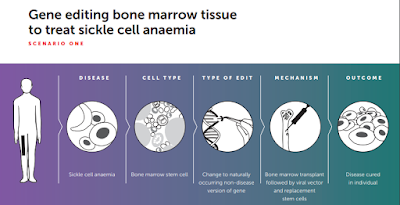My Year 9 class has been learning about energy, sound, light and sight in the context of KPop this term because of their fascination with it (and Japan, and anime)..
This activity took three days but I believe it was completely worth it!
First, we spent an entire period playing with
these energy cards.
Students raced against other to complete a full set, and then I gave them a few minutes to look at their completed sets as "answers." Then the real fun began. Desks were set in a circle, and students battled each other in a game of memory by setting the cards in a grid and taking turns flipping over three.
Two rules must be enforced for this:
1. Cards must be flipped over in the spot that they lived, and stay in that spot when they're flipped back over.
2. Both students must see all flipped cards, not just their own.
The next day we had a double period.
I moved around the room and let students randomly draw out
pictures from this set, which was created based on what I knew about their interests (rugby, netball, Fortnight, Ru Paul's Drag Race, Dragon Ball - and some weird and wonderful photos to get creative juices flowing).
Then they had to identify two different types of energy in the picture, before swapping and having another go. Finally, in their small groups I gave them 1 picture between them and they set about writing a paragraph onto a big whiteboard between them. If they got stuck they could use
this template.
For the rest of the lesson (once they had a complete paragraph with full stops and capital letters in the right places) they individually split their paragraph as "
Evil Wizards." Many students found this difficult and I had to spend time with lots of students 1-on-1 to teach them. This activity only works if each sentence is split in HALF (not more than that). Having different energy scenarios (from the different images) ensured that each paragraph was different - necessary for the next activity.
As an added bonus I included the word "wizard" in korean at the top and a link to it being pronounced out loud, because this class (largely) are quite interested in Eastern cultures, hence the KPop context for this term as well.
This activity engaged some students who had previously not been engaged. Student 2 LOVED it.
Another student who hasn't been overly keen on writing this year also really engaged with this, she experienced lots of pride in completing her paragraph split before others in the group and led the charge as a "Good Wizard" in our final lesson.
Here is the link to her finished work.
The final lesson was perhaps the most simple, but the most effective.
I had copied and pasted 6 finished "Evil Wizard" split paragraphs from the 6 groups in class into a document and printed one copy. Then, I cut them out and sellotaped them around the room.
"Could this have been done digitally?" asked one of our DP's who had wandering into my room during the lesson. It probably could have, but that day I wanted students to get up out of their seats and move around the room rather than be in their usual static position. I could perhaps have included the paragraphs as a QR code to be scanned, but they were honestly just as excited to see their own paragraphs on the walls.
Students recognised their own paragraphs and most "healed" them first. This also gave them ownership of their learning - they had created the activity themselves! They were eager to move around the room and solve the rest.







































